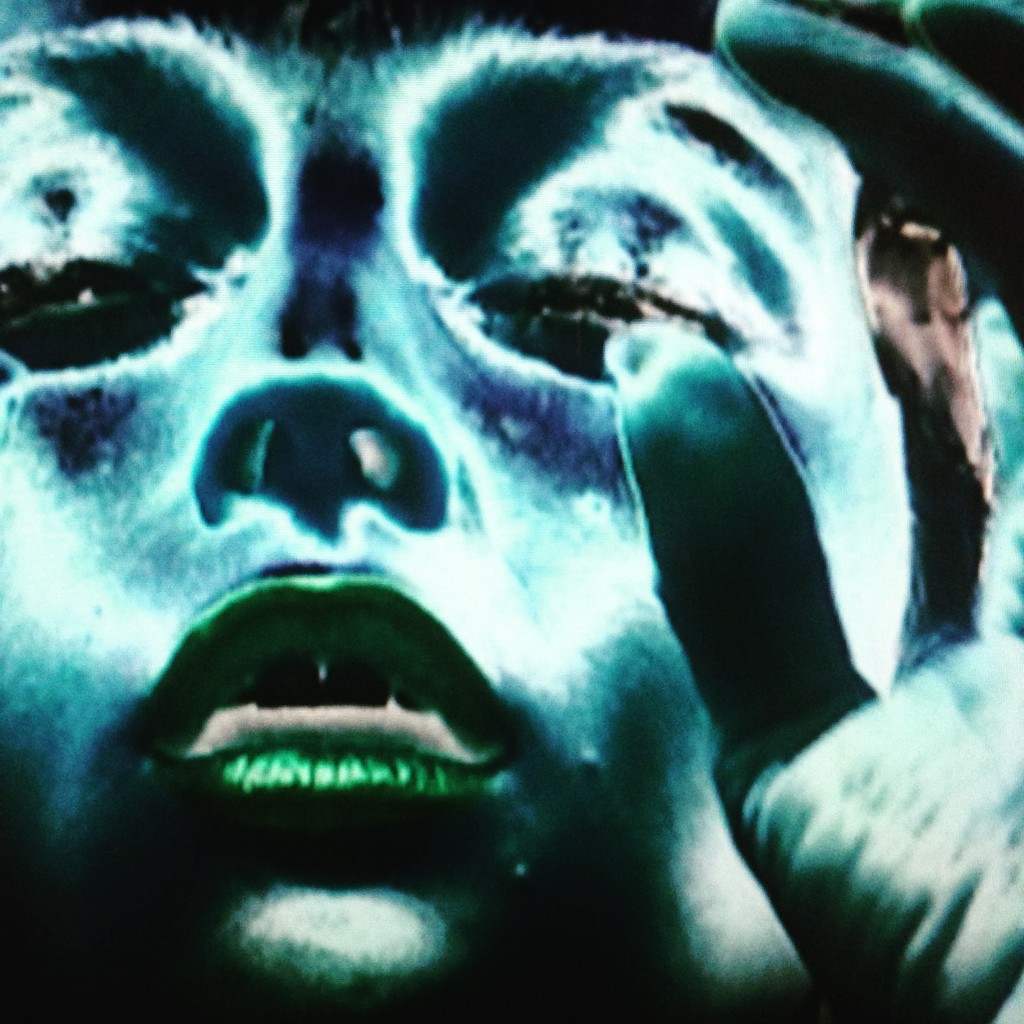

Named "the world's most popular artist" in 2015, it's not hard to see why Yayoi Kusama continues to dazzle contemporary art audiences globally. The mannequin’s hair and bag have been covered with the Infinity Net pattern, confirming Kusama's fear that eventually nothing can escape the process of 'Self-Obliteration'. The current lot presents an adult female mannequin completely painted in pink with white dots scattered all over the body. The current work Self-Obliteration, 2005 recalls her 1968 film, Self-Obliteration, in which she paints a horse, a cat and her own body with polka dots. Kusama has often stated that her obsession with dots derives from a mental illness she developed as a child, when her entire visual field became overwhelmed by images covered in dots: she defined this experience as 'self-obliteration'. Around the same time Kusama also started taking photographs of herself naked with dots all over her body or wearing dresses with the Infinity Net pattern: a sort of performance that symbolised her surrender to art. Kusama began her artistic career in New York by exploring and organising live public performances, which involved the artist covering individuals and groups of young naked performers in polka dots.

66, 1999, accessed online.) Equal parts hallucinatory and neurotic, Yayoi Kusama was a pioneering figure of self-obliterating installations and performances. Turner, 'Artists in Conversation, BOMB Magazine, no. I translate the hallucinations and obsessional images that plague me into sculptures and paintings.' (Y.

'My art originates from hallucinations only I can see.


 0 kommentar(er)
0 kommentar(er)
